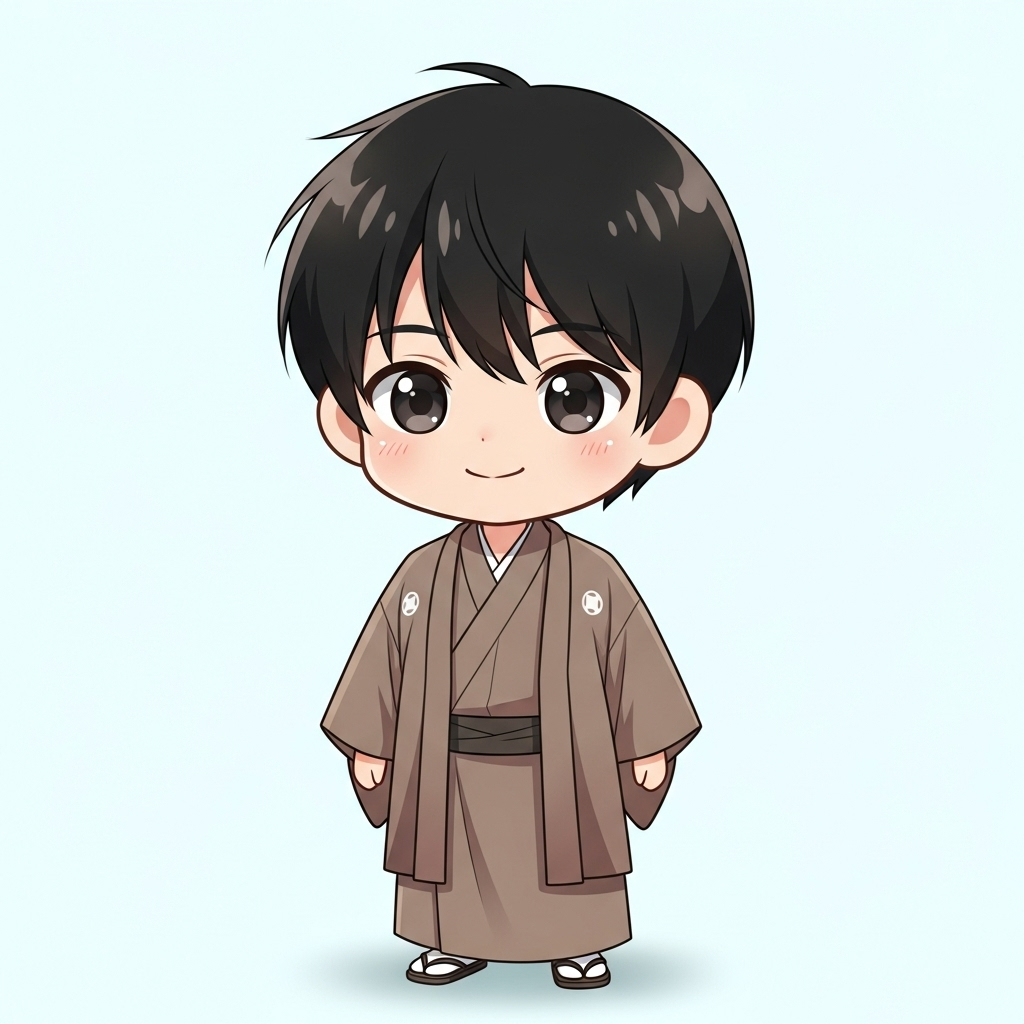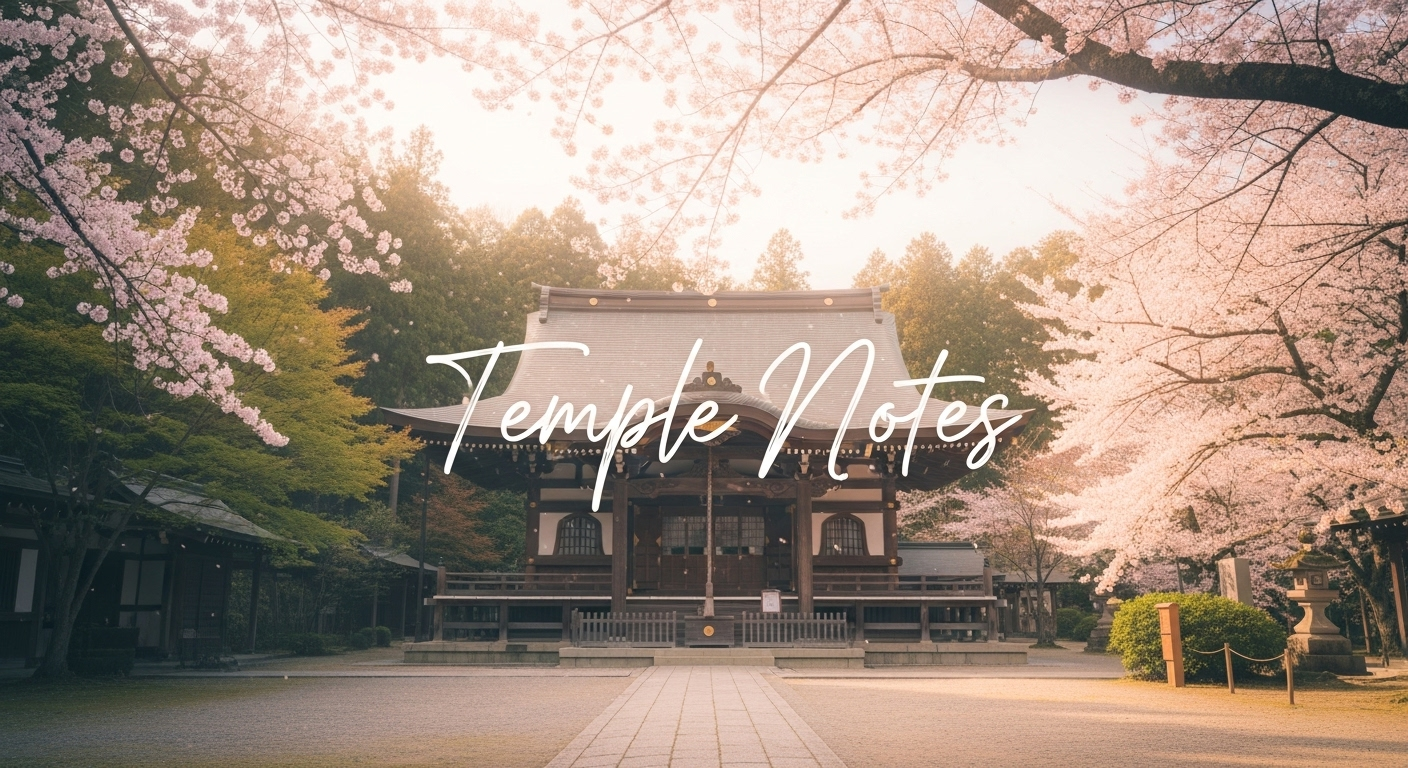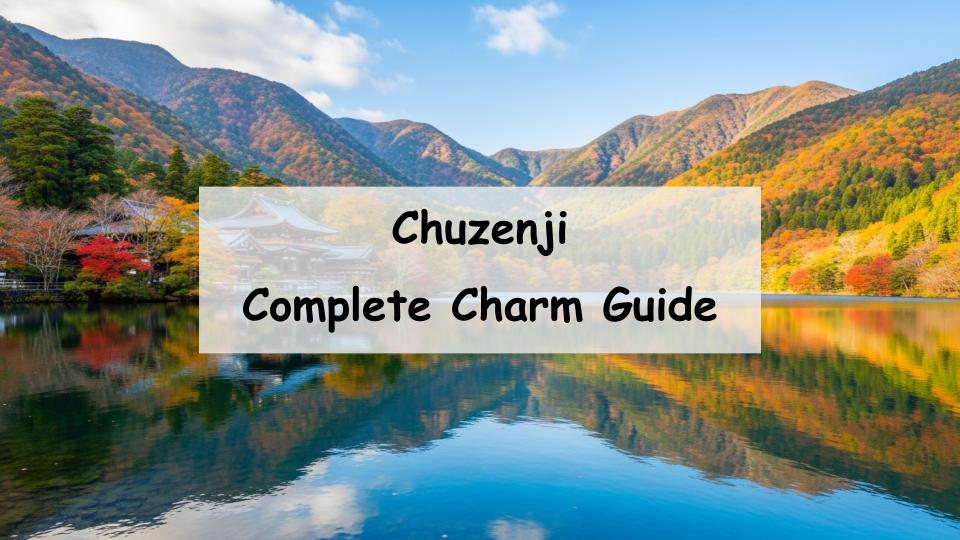Chūzenji is one of the must-see spots when visiting Nikkō, yet many travelers wonder: “What exactly makes it special?” or “What’s the best way to get there and explore it efficiently?” In short, Chūzenji is a destination where breathtaking seasonal scenery meets centuries of history. From lakeside strolls and temple visits to panoramic viewpoints, there are many ways to enjoy it. In this article, we will dive into the unique features of Chūzenji, highlight its top attractions, and provide detailed access and travel tips to help you plan your visit.
What is Chūzenji? History and Overview
Origins and Historical Background
Chūzenji was founded by the Buddhist monk Shōdō Shōnin, the founder of Mount Nikkō, in 784. Its principal image is the Tachiki Kannon, a standing statue said to have been carved into a sacred katsura tree after the monk experienced a vision on Lake Chūzenji. As a branch of Nikkō’s Rinnō-ji Temple, Chūzenji has long been a place of worship and pilgrimage, deeply tied to the spiritual culture of the Nikkō region.
Location and Setting
Chūzenji Temple is located on the shores of Lake Chūzenji in Nikkō, Tochigi Prefecture. Surrounded by mountains, waterfalls, and famous sites such as Kegon Falls and Mount Nantai, it sits at the heart of the Okunikko area, making it an ideal hub for exploring the region’s natural and cultural attractions.
The Charm and Features of Chūzenji
The Unique Landscape of Temple and Lake
One of the temple’s most striking features is its setting beside Lake Chūzenji. The serene waters reflect the surrounding peaks and seasonal colors, creating a peaceful atmosphere where nature and spirituality blend harmoniously. Panoramic views from Akechidaira and other lookout points further enhance its appeal.
Seasonal Highlights
Spring: Blossoms and Fresh Greenery
In spring, the lakeside comes alive with fresh green foliage, making it perfect for relaxed walks and light hikes in mild weather.
Summer: A Refreshing Retreat
Summer offers a cool escape compared to the lowlands, drawing visitors seeking a refreshing break. The clean air and lush greenery make for a relaxing atmosphere.
Autumn: Brilliant Foliage
Autumn is the peak season, when fiery red and golden leaves transform the landscape. Trails and lakeside paths provide stunning views, making this the most popular time for photography and sightseeing.
Winter: Snowy Tranquility
Winter brings a quiet charm as snow blankets the temple and lake, creating a still, spiritual atmosphere. While beautiful, visitors should be prepared for cold weather and icy roads.
Must-See Spots Around Chūzenji
Lakeside Walks and Scenic Views
Strolling along the lake offers peaceful views, while Akechidaira Ropeway and surrounding viewpoints reveal dramatic vistas of Kegon Falls and Mount Nantai. A classic itinerary combines lakeside walks with panoramic viewpoints.
Main Hall and Tachiki Kannon
The temple’s main hall houses the Tachiki Kannon, a revered standing statue designated as an Important Cultural Property. The hall’s solemn atmosphere offers a chance to reflect and experience the temple’s centuries-old spiritual presence.
Nearby Attractions
Kegon Falls
Located near Lake Chūzenji, Kegon Falls is one of Japan’s most famous waterfalls. Its powerful 97-meter drop is an awe-inspiring sight, easily visited along with the temple.
Mount Nantai
The iconic Mount Nantai rises behind Lake Chūzenji, shaping the area’s dramatic landscape. It is also a popular hiking destination, offering both natural beauty and a spiritual connection to the region.
How to Get to Chūzenji
By Train and Bus
From Tobu Nikkō Station or JR Nikkō Station, buses run directly to the Chūzenji Onsen (Lake Chūzenji) area. The journey takes around 50 minutes, but schedules vary by season, so checking the latest timetable is essential.
By Car and Parking
Drivers reach Lake Chūzenji via the winding Irohazaka road. While scenic, the curves require careful driving. Parking is available near the lake and tourist spots, though spaces may fill quickly during peak seasons.
Convenient Ways to Explore
For efficient sightseeing, visitors can combine buses, the ropeway, and guided tours. A loop bus around Okunikko makes it easy to cover Chūzenji, Kegon Falls, and other highlights in one day.
Tips for Enjoying Chūzenji
Best Time to Visit
The best season depends on your goals. Autumn foliage is the most popular, spring and summer are ideal for mild hikes and cooler air, while winter offers tranquil snowy scenery for those prepared for icy conditions.
Accommodation and Local Cuisine
The Lake Chūzenji area offers hot spring inns, hotels, and guesthouses. Staying overnight allows you to enjoy the serene lakeside atmosphere. Local restaurants serve regional specialties, perfect for savoring Nikkō’s culinary culture.
Visitor Etiquette and Practical Advice
Respect temple customs when visiting, and preserve the natural environment by carrying out any trash. Seasonal changes affect opening hours and transportation, so it is wise to confirm the latest information before your trip.
Conclusion: Experience Nature and History at Chūzenji
Chūzenji is a place where history, spirituality, and nature meet. Whether you are admiring the Tachiki Kannon, strolling along the lakeside, or combining your visit with Kegon Falls and Mount Nantai, the area offers a rich and rewarding experience. By choosing the right season and planning your access in advance, you can make the most of your journey and fully appreciate the beauty and serenity of Chūzenji.
A Message from the Guide

Beautiful nature and the Great Buddha of Senju Kannon — truly worth seeing.





Comment